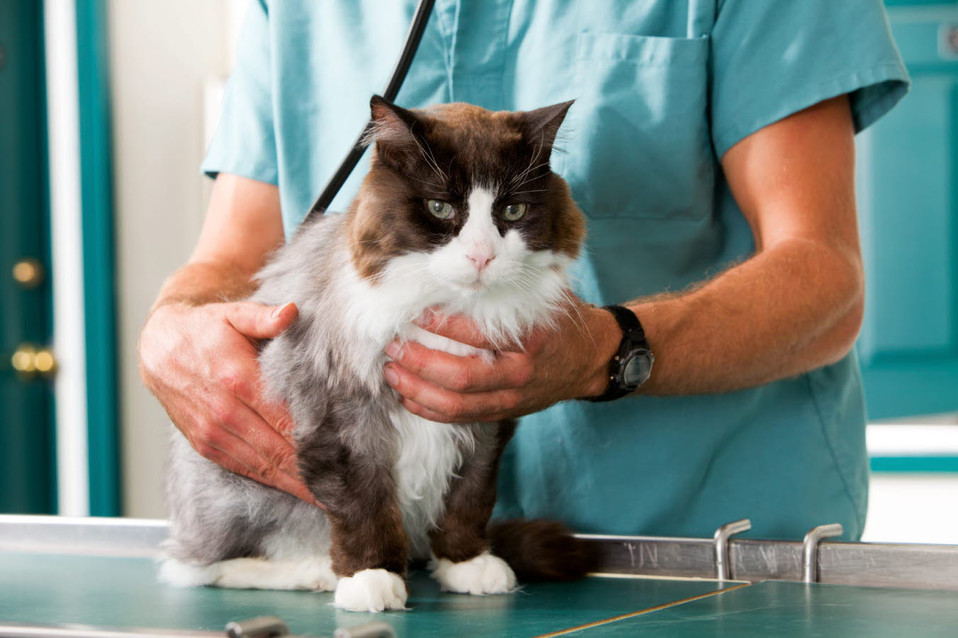Giving your pet a positive experience at the veterinary clinic
14 Aug 2018
It’s not uncommon for pets to display anxious or frightened behaviour at the veterinary clinic. Some pets may even show this anxiety as aggressive behaviour. This can make trips to the vet stressful for all involved.
Veterinary behaviourist, Dr. Jacqui Ley, will discuss tips on giving pets and owners positive experiences at the veterinary clinic at an upcoming Australian Veterinary Association (AVA) Conference in Melbourne.
“Understanding the animal’s point of view and handling them to minimise distress results in fewer injuries to veterinary staff and it improves everyone’s experience of the veterinary clinic.
“Often when owners perceive that their pet is frightened of the veterinary clinic, they delay visiting the veterinarian when they have a health or welfare concern, which is the last thing we want to see. The key for owners is to recognise if their pet has feelings of fear or anxiety when visiting the veterinary clinic and to work with their veterinarian to implement strategies that will ultimately improve the pet’s experience.
“There are many things about a clinical examination that can be frightening for pets and they will often give signals, albeit subtle and ambiguous, that indicate they are unsure. They will either display out of context behaviours such as grooming, sniffing the ground or scratching or they will display avoidance signals such as yawning or lip-licking,” Dr. Ley said.
Some key points for owners to consider when trying to minimise their pet’s distress when visiting the veterinarian include:
- Booking the appointment – much like people who prefer a certain doctor or dentist, pets too can have a preferred veterinarian. If your pet prefers a particular veterinarian, book your appointment with that veterinarian. Also consider your vet’s recommendations about managing your pet’s stress before getting to your appointment, for example, your vet may have advised using a pheromone product before leaving the house to help manage their anxiety.
- Consider working with your pet between visits to improve their travel experience to the clinic. The easiest thing for cat owners to do is leave the cat carrier available for your cat as a bed – make it cosy and comfortable so the cat can use it all the time.
- Analyse the waiting room and find a quiet spot away from other animals.
AVA President, Dr. Paula Parker, said that if owners find they have a pet that is fearful of veterinary visits, they should speak to their veterinarian who can work with them to help manage their response.
“As veterinarians, we can appreciate that taking an anxious or frightened dog to the clinic can be stressful for owners. The thing to remember is that you’re not alone and as veterinarians, it’s something we deal with on a regular basis. Talk to your veterinarian about suitable strategies to help your pet have a positive experience. This will help to make veterinary visits easier and safer for everyone and ensure your pet gets the veterinary care they need to keep them at their best” Dr. Parker said.
For further information and requests for interviews contact the AVA media office on 0439 628 898 or media@ava.com.au.
The Australian Veterinary Association (AVA) is the only national association representing veterinarians in Australia. Founded in 1921, the AVA today represents 9000 members working in all areas of animal science, health, and welfare.
